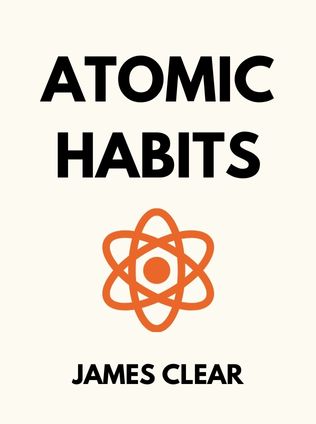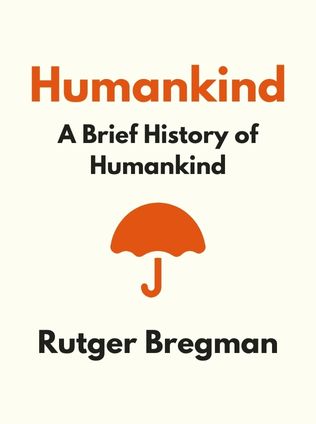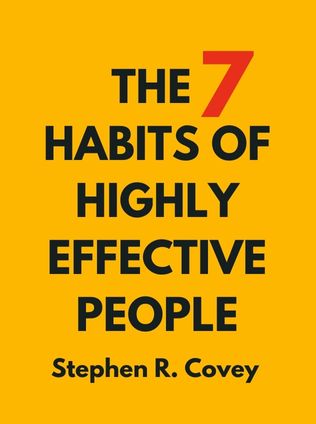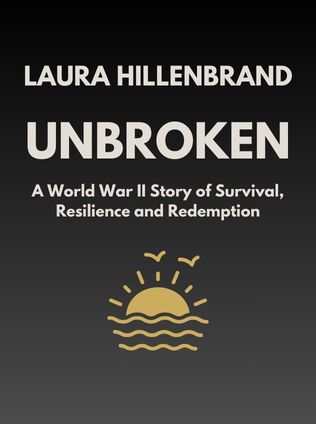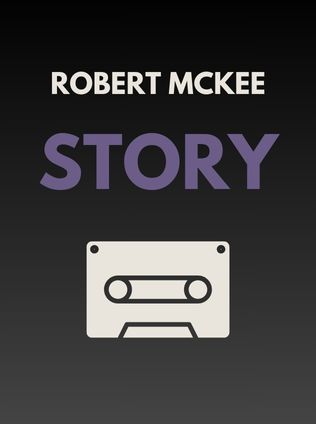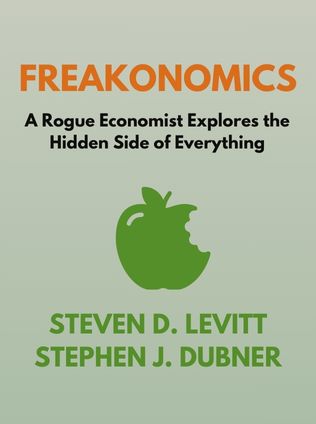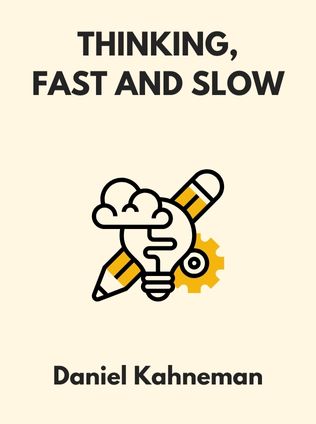
Thinking, Fast and Slow
By Daniel Kahneman
Published 10/2011
About the Author
Daniel Kahneman is the Eugene Higgins Professor of Psychology Emeritus at Princeton University and a professor of public affairs at the Woodrow Wilson School of Public and International Affairs. He received the 2002 Nobel Prize in Economic Sciences for his pioneering work with Amos Tversky on decision-making. Kahneman is a leading figure in the field of behavioral economics and has made significant contributions to our understanding of human judgment and decision-making. He is the author of the international bestseller, Thinking, Fast and Slow.
Main Idea
In Thinking, Fast and Slow, Daniel Kahneman explores the dual systems that drive our thought processes: System 1, which is fast, intuitive, and automatic, and System 2, which is slow, deliberate, and analytical. By understanding these two systems, we can better comprehend how we make decisions and the errors that often arise from our cognitive biases. Kahneman provides a deeper insight into human psychology and offers tools to improve our decision-making skills, ultimately aiming to help us make better, more informed choices.
Table of Contents
- Introduction
- Part 1: Two Systems
- Part 2: Heuristics and Biases
- Part 3: Overconfidence
- Part 4: Choices
- Part 5: Two Selves
Introduction
In the introduction, Kahneman sets the stage for understanding the complexities of human thought. He proposes that our thinking is divided into two systems: System 1 and System 2. These systems influence every aspect of our decision-making process, from everyday choices to complex judgments. By examining these systems, Kahneman aims to reveal the underlying mechanisms that drive our thoughts and behaviors, thereby helping us to identify and correct errors in judgment.
Part 1: Two Systems
System 1 operates automatically and quickly, with little or no effort and no sense of voluntary control. It is responsible for our initial reactions and impressions. For example, when we see an image, our reaction is immediate and instinctive. On the other hand, System 2 allocates attention to the effortful mental activities that demand it, including complex computations. It is slower, more deliberate, and more logical.
“System 1 is fast, intuitive, and emotional; System 2 is slower, more deliberative, and more logical.” - Daniel Kahneman
System 1 and System 2 work together to shape our perception and decision-making. While System 1 quickly generates impressions and feelings, System 2 can endorse or override these initial reactions. This interaction between the systems explains why we can sometimes make quick, intuitive decisions, and other times require more careful and analytical thinking.
System 1 and System 2 in action include:
- System 1: Reacting to a sudden sound.
- System 2: Solving a math problem.
Understanding the interplay between these systems helps us recognize when our intuition might lead us astray and when we need to engage in more deliberate thought. Kahneman emphasizes that both systems are essential, but their effectiveness depends on the context in which they are used.
Sign up for FREE and get access to 1,400+ books summaries.
You May Also Like
The Subtle Art of Not Giving a F*ck
A Counterintuitive Approach to Living a Good Life
By Mark MansonRich Dad Poor Dad
What the Rich Teach Their Kids About Money - That the Poor and Middle Class Do Not!
By Robert T. KiyosakiHow To Win Friends and Influence People
The All-Time Classic Manual Of People Skills
By Dale CarnegieFreakonomics
A Rogue Economist Explores the Hidden Side of Everything
By Steven D. Levitt and Stephen J. Dubner




